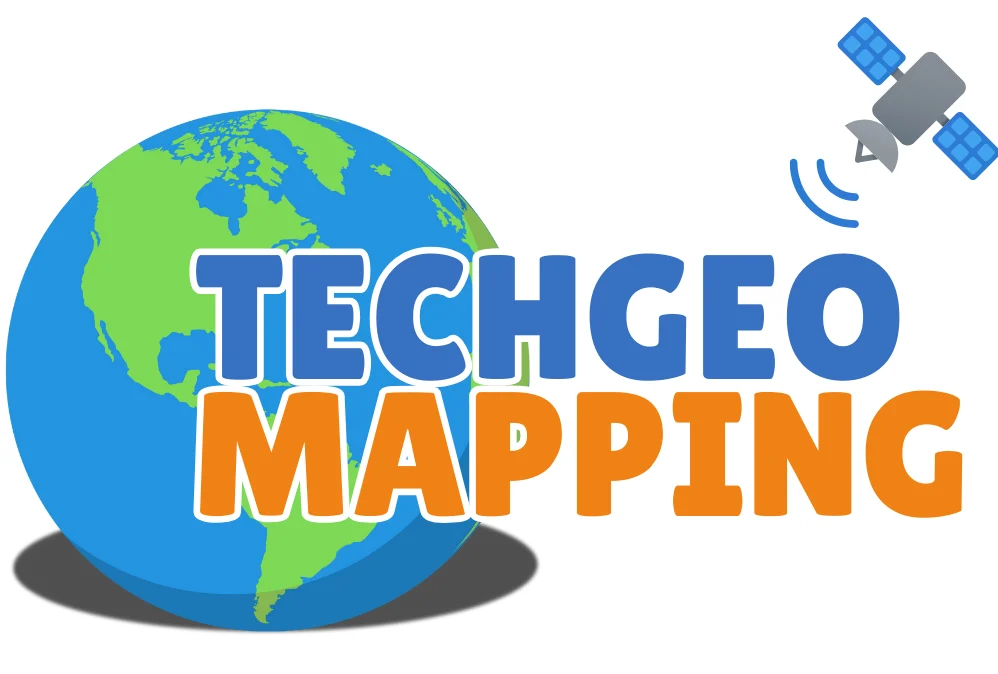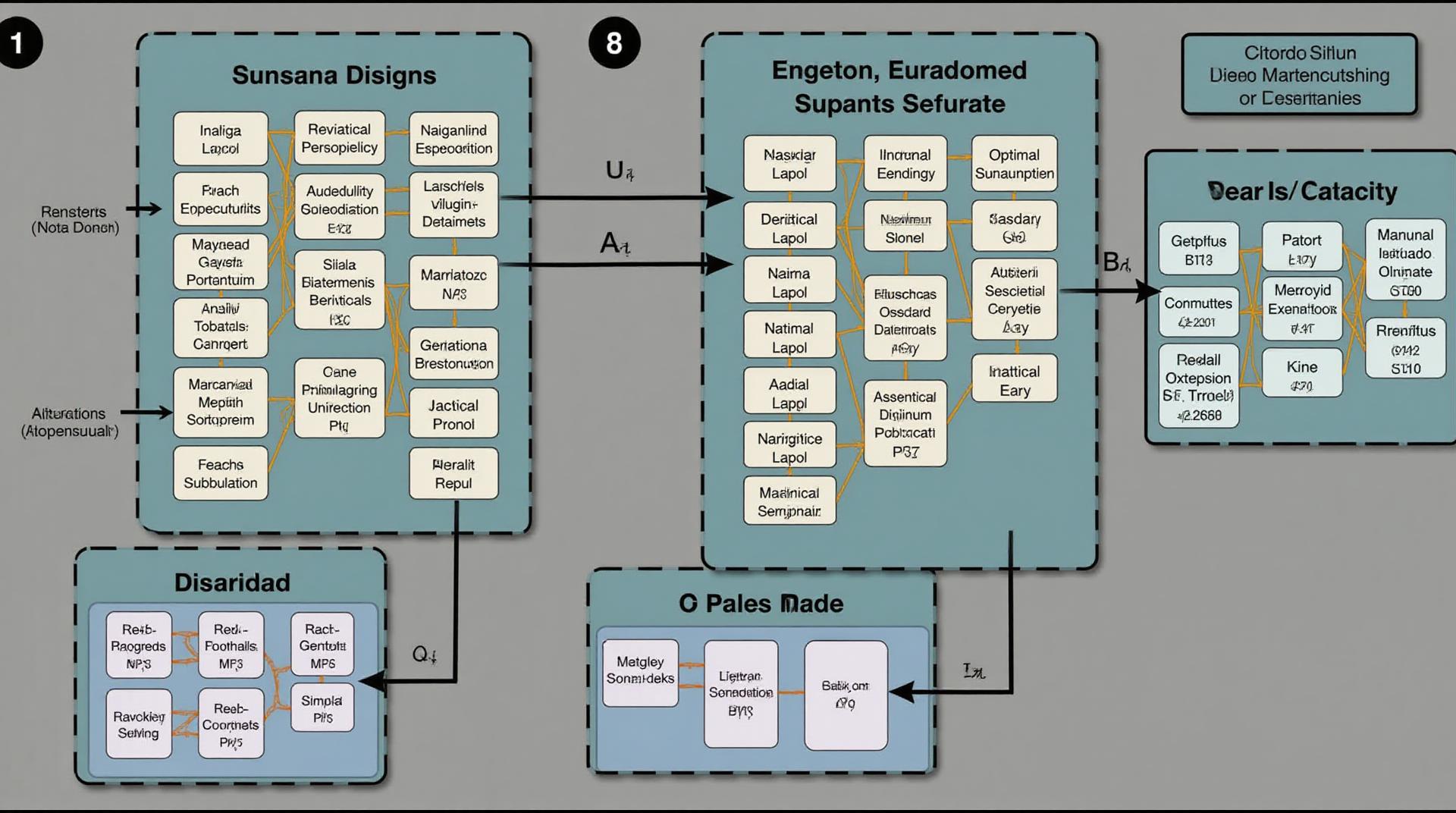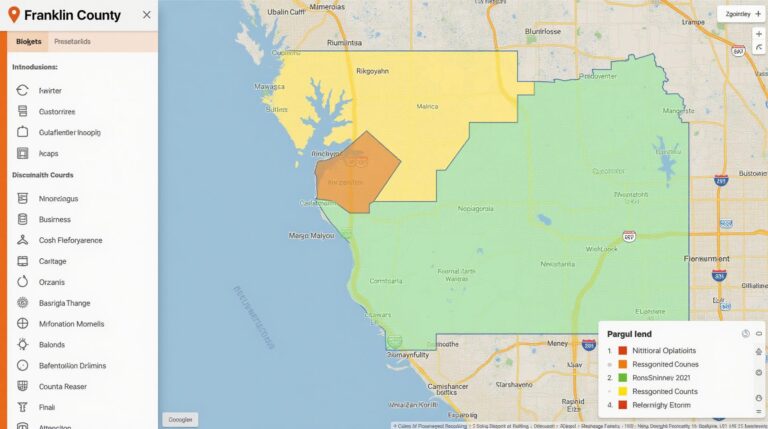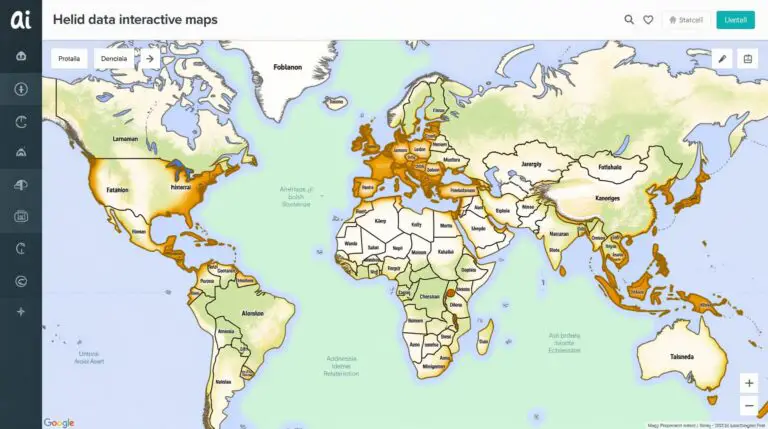Machine Learning Algorithms for GeoAI – Decision Trees
Machine Learning Algorithms for GeoAI – Decision Trees
An in-depth Guide
The intersection of geospatial data and artificial intelligence (AI) is revolutionizing how we understand and interact with the world around us. This burgeoning field, known as GeoAI, is significantly impacting research, urban planning, environmental monitoring, and many other areas. This blog post will delve into one specific machine learning algorithm widely used within GeoAI, the Decision Tree, outlining its principles, benefits, applications, and how it can be leveraged for your Geospatial projects.
Understanding GeoAI
GeoAI consistently pushes the boundaries of what’s possible, allowing computers to analyze and comprehend spatial data to gain insights and create intelligent systems. This can be done by employing a wide array of machine learning and deep learning algorithms, drawn from traditional and novel approaches. GeoAI leverages geospatial data, like satellite imagery, weather forecasts, sensor data, and social media information to generate valuable insights and predictions.
What are Decision Trees?
Decision Trees are a type of supervised learning algorithm, meaning they are trained on data with labeled outcomes. They display data in a structured tree format with decisions at each node leading to a specific outcome (typically prediction).
How Decision Trees Work
- **Root Node:** The starting point, representing the entire dataset.
- **Splitting:** Based on features and values, a decision is made to branch the data.
- **Internal Nodes:** Decision points, creating paths leading to separate subsets.
- **Leaf Nodes:** The final outcome, representing the predicted class or result.
Key Features and Benefits of Decision Trees for GeoAI
* **Interpretability:** Decision Trees offer a clear visual representation, allowing us to understand and interpret the decision-making process, making them ideal for explaining complex predictions.
* **Efficiency:** Decision Trees are relatively fast to train and can handle large datasets, making them a practical choice for real-time applications.
* **Handling Sparsity:** When dealing with geospatial datasets, Decision Trees excel at handling data gaps and missing values.
* **Adaptability to Time Series Data:** Decision Trees can be utilized for analyzing and predicting time-series data like weather patterns or water flow, which is crucial in various geo-environmental applications.
* **Feature Reduction:** Algorithms can prioritize important features for prediction, leading to a simplified data structure for processing.
* **Feature Transformation:** Decision Trees offer the ability to perform data preprocessing and transformation operations.
Practical Applications of GeoAI Decision Trees
* **Environmental Monitoring:** Predicting wildfire spread, identifying endangered species habitats, analyzing environmental triggers.
* **Urban Planning:** Predicting urban growth, resource allocation optimization, and hazard mitigation planning.
* **Geoanalytics:** Evaluating risk levels for natural disasters, monitoring infrastructure damages, geo-locating potential sources of contamination.
Resources and Tools
* **Python Libraries:**
* **Decision Tree Algorithms:** XGBoost, Scikit-learn
* **Visualization:** Seaborn, Matplotlib
* **Online Resources:**
* **GeoAI Tutorials:** University resources, research blogs, GeoAI platforms
By leveraging decision trees, you can tap into the vast potential of GeoAI and bring valuable insights to light, transforming how we perceive our world and creating smarter solutions based on our environment.
Let’s explore the exciting world of machine learning algorithms for GeoAI decision trees.
## FAQs about Machine-Learning-Algorithms-for-GeoAI-Decision-Trees
**1. What exactly are Machine Learning Algorithms for GeoAI Decision Trees?**
Machine learning algorithms for GeoAI decision trees are a powerful combination of machine learning and geographic information. This framework encourages users to conceptualize IT as geographic decisions, providing specific Geospatial intelligence – a combination for geographic data, machine learning, and decision trees to aid in decision-making across various sectors.
**2. Where can I get these algorithms?**
There are commercially available software packages specifically designed for GeoAI decision trees that provide pre-built models and services.
**3. How are these algorithms formatted?**
Decision trees are typically formatted as **JSON** based (Javascript Object Notation), This format is widely used for data exchange.
**4. What can I use these algorithms for?**
Machine learning algorithms for GeoAI Decision Trees are utilized for a diverse range of applications, including:
- **Urban Planning and Development:** Assessing land suitability, optimizing public transport routes, and identifying flood risk zones.
- **Environmental Management:** Forecasting pollution, managing natural disaster response, and tracking environmental resources.
- **Agriculture:** Optimizing crop yields, assisting with drought forecasting, and implementing precision farming techniques.
- **Healthcare:** Predicting disease risk, identifying healthcare access disparities, and optimizing patient care strategies.
**5. How can I get started using these algorithms?**
By utilizing the data-driven process, understanding the environment and potential impact is the first step.
* Learn about spatial data formats and structure
* Use Python for geospatial data analysis
* Choose a relevant machine learning algorithm.
## Conclusion
Machine learning algorithms for GeoAI decision trees are a valuable resource for making data-driven decisions. Their ability to process complex geographic datasets with statistical power supercharge human decision-making across diverse industries
Kicking off your journey to applying these algorithms often requires an understanding of geospatial data. You can use specialized tools and resources online. Explore resources such as:
- Resources for Data Science
- Geoinformatics Interest Group on Research Gate
- Linked in Group Topic for GeoAI
The possibilities with Machine Learning Algorithms for GeoAI Decision Trees are vast! By leveraging these tools, you can make informed, data-driven decisions and drive positive change across various industries.







